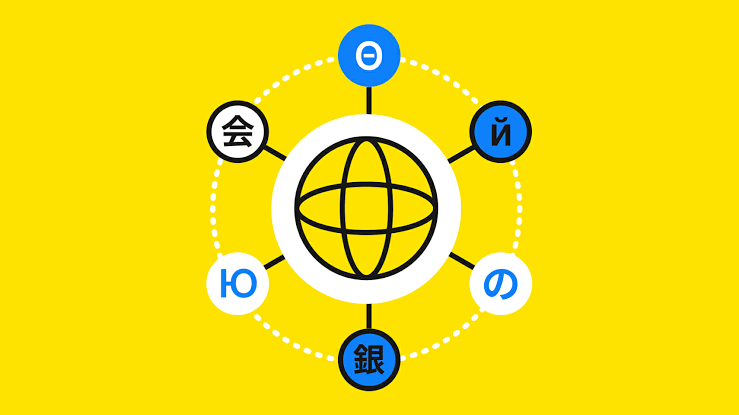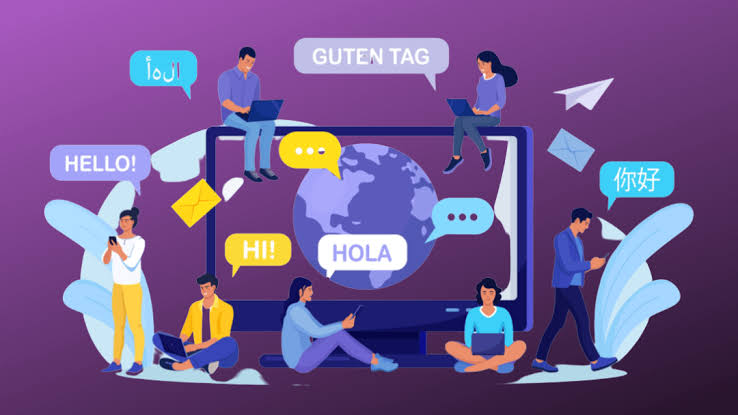
Lost in Translation? Nail It With Multilingual SEO Strategies
Unlock multilingual SEO strategies to boost international SEO visibility, improve website translation SEO, and grow your global presence today.
Table of Contents
- Introduction: The First Step to Global Rankings: Multilingual SEO Strategies
- SEO Techniques That Scale Across Multiple Languages
- Best Practices for Multilingual SEO Strategies that actually work
- Conduct Language-Specific Keyword Research
- Use Hreflang Tags
- Optimise for Local Search Engines
- Localise Content Beyond Translation
- Optimise Technical SEO Elements
- Mistakes to Avoid while Going Global
- Final Words: Translate Clicks into Conversions with Multilingual SEO Strategies
The First Step To Global Rankings: Multilingual SEO Strategies

If your brand is expanding across borders but not your traffic—something’s missing. That something is multilingual SEO strategies. These are your golden ticket to entering untapped markets and ranking high on search engines in multiple languages. From international SEO expansion to website translation SEO, getting your SEO right in different languages can help you drive high-converting, global traffic.
SEO Techniques That Scale Across Multiple Languages
Think of it like this: if your brand speaks one language, but your audience speaks 15, you’re missing out on 93% of the conversation. That’s why using multilingual SEO strategies is no longer optional—it’s foundational. As the digital marketplace globalises, brands that use multilingual content and effective SEO localisation gain a competitive edge. Whether you’re aiming to master how to optimise SEO for multiple languages or just want SEO tips for global websites, it all begins here.
Best Practices For Multilingual SEO Strategies That Actually Work
Conduct Language-Specific Keyword Research
Don’t just translate your keywords—research them. What people search for in France is different from what they search for in Canada. Tools like SEMrush and Ahrefs offer country-specific insights that help shape your multilingual website SEO techniques. This helps in improving search rankings for multilingual websites effectively.
Use Hreflang Tags for Google Love
Search engines need to know which version of your site to show. Hreflang tags are essential in your multilingual SEO strategies toolkit. They prevent duplicate content issues and make sure users land on the correct language page.
Optimise for Local Search Engines
Google may be king, but Baidu, Yandex, and Naver rule their own kingdoms. A core aspect of SEO localisation is customising your site for regional platforms, which is one of the best SEO tips for global websites.
Localise Content Beyond Translation
Translation ≠ Localisation. From idioms to culturally-relevant references, your multilingual content should resonate on a local level. This is where localising SEO content for different regions truly shines.
Optimise Technical SEO Elements in Every Language
This includes meta tags, URLs, sitemaps, and alt text. Each element should be language-specific. This strategy is essential for how to optimise SEO for multiple languages and ensures that your website is crawl-able, indexable, and understandable in any language.
Mistakes To Avoid While Going Global
- Avoid automatic translations. They hurt UX and can negatively affect rankings.
- Don’t mix languages on the same page. It confuses search engines and users.
- Never ignore regional context. A British English keyword may flop in the U.S.
Even the best multilingual website SEO techniques can backfire if poorly implemented. The key is to marry website translation SEO with a deep understanding of your audience.
Final Words: Translate Clicks Into Conversions With Multilingual SEO Strategies
There’s no point in speaking your audience’s language if they never find your page. With solid multilingual SEO strategies, your content becomes a bridge—not a barrier—to international growth. Remember, multilingual content that’s localised, optimised, and culturally relevant converts far better than generic translations.
So if you’re ready to go global, don’t just think language—think multilingual SEO strategies.





